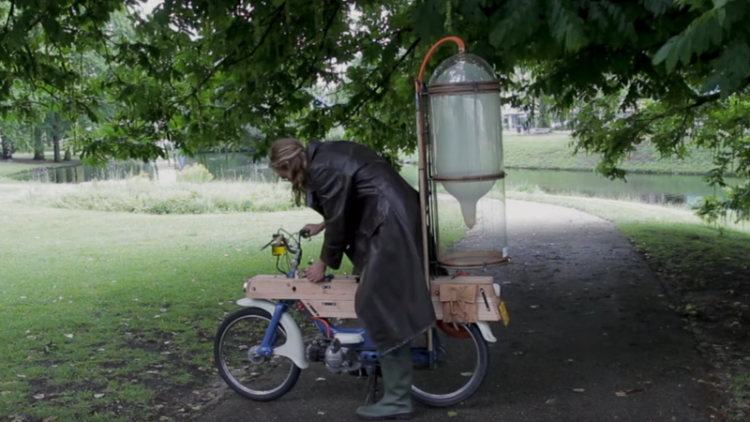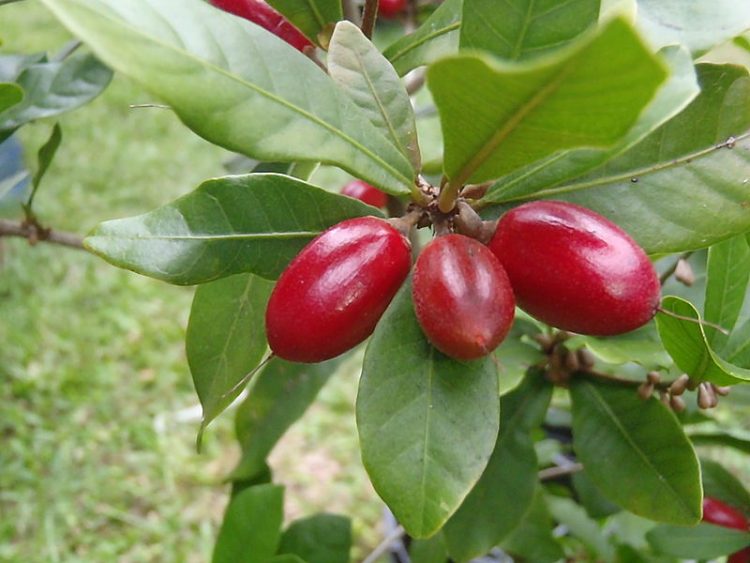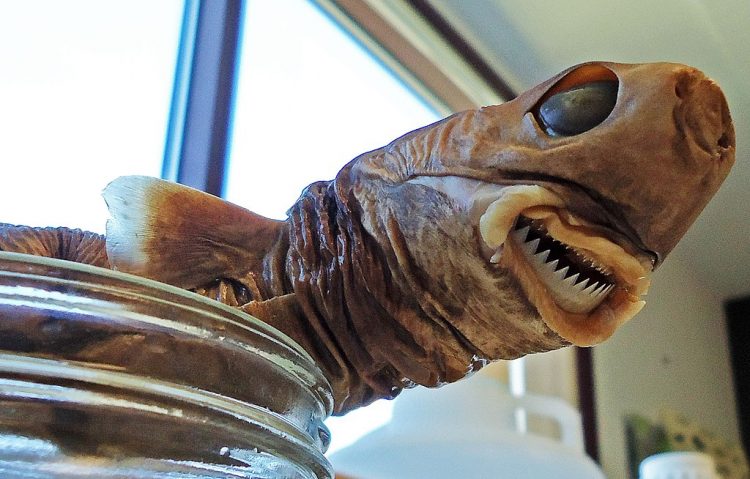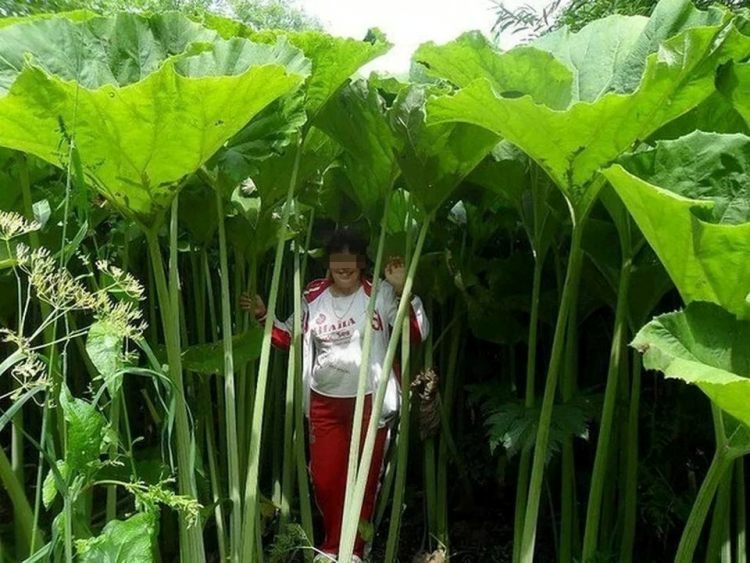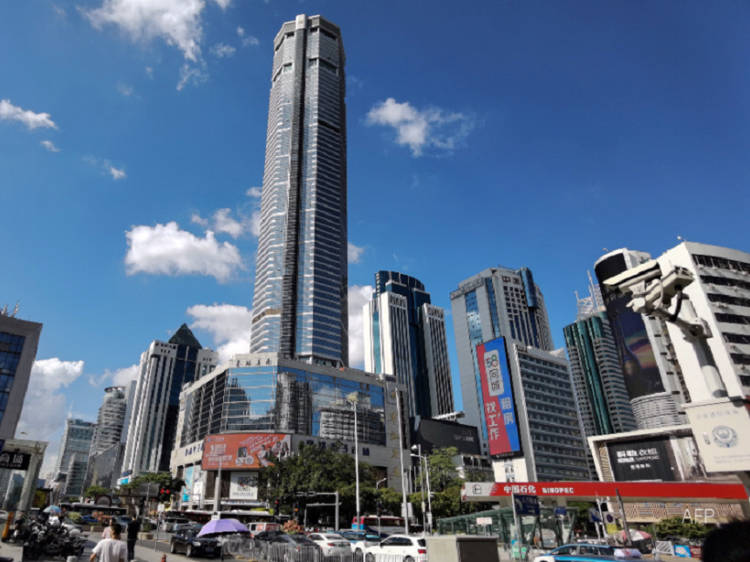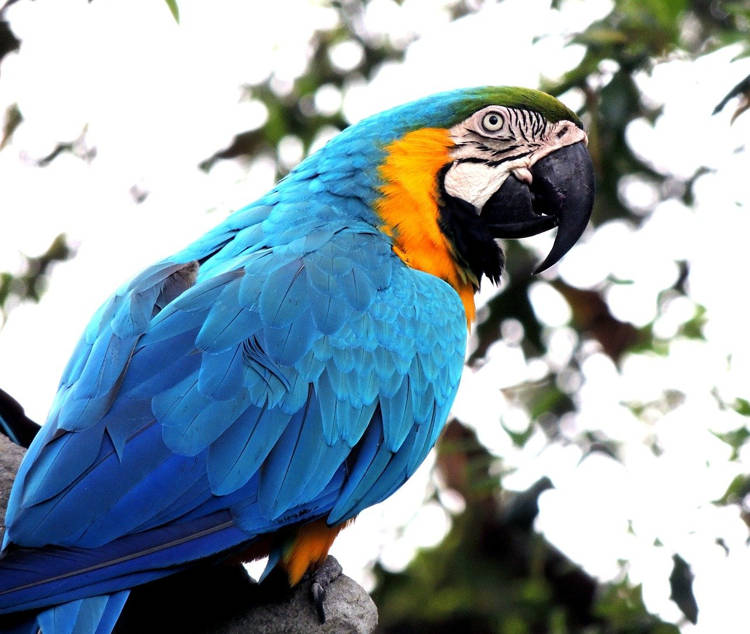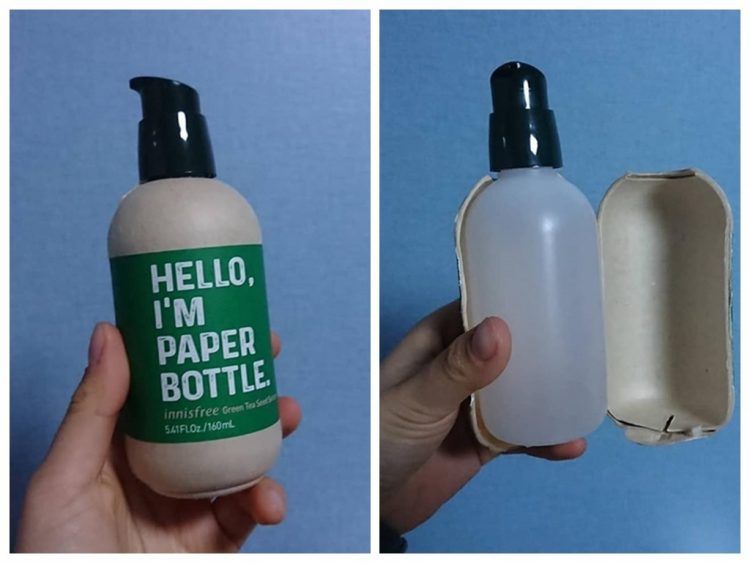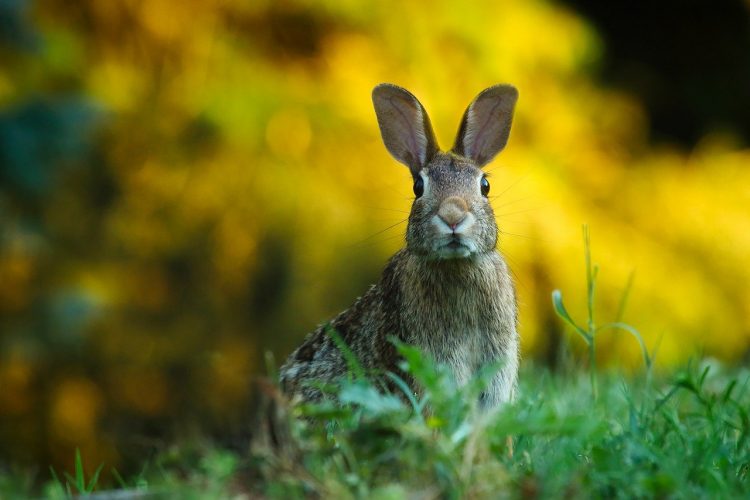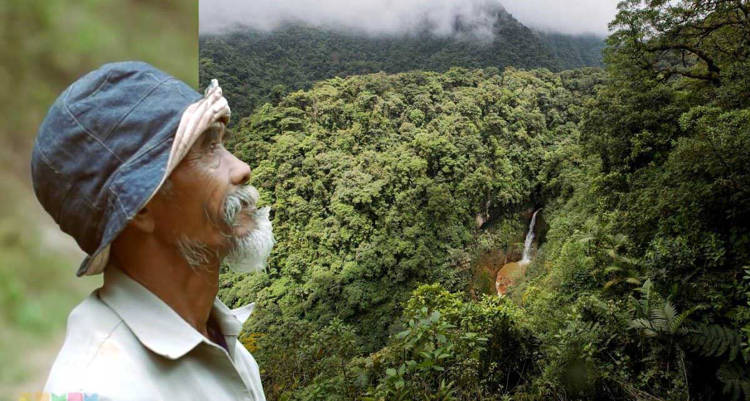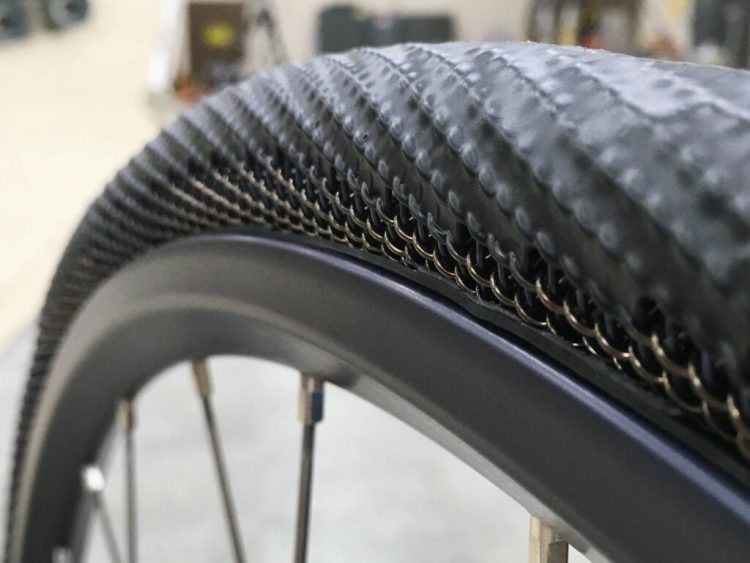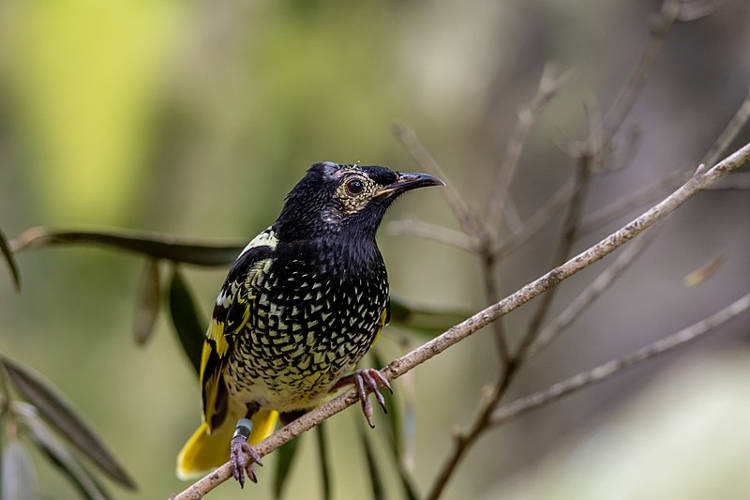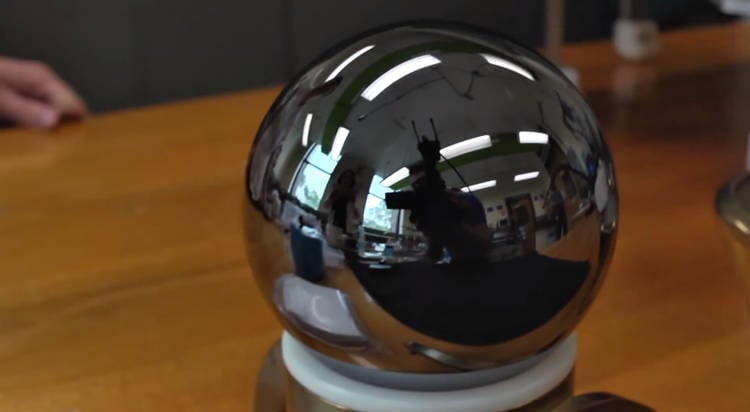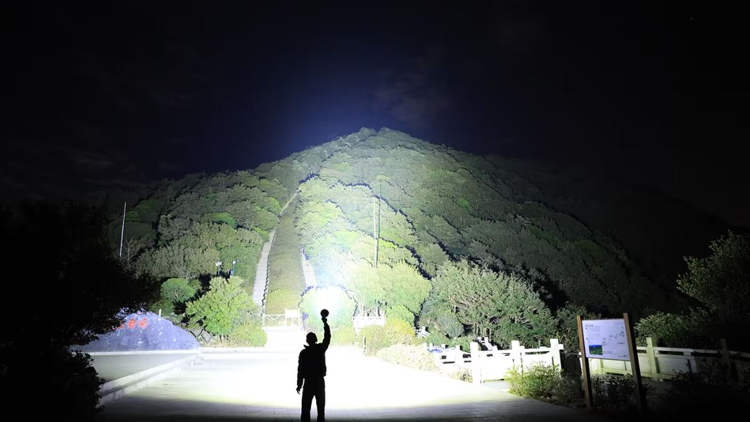Gijs Schalkx, a Dutch inventor and engineering student, modified his motorcycle to run on methane harvested from roadside bogs and ponds.
Aptly named Sloot Motor (sloot means ‘ditch’ in Dutch), Gijs Schalkx’s ingenious vehicle features a modified Honda GX160 motorcycle engine, with a hole into the airbox, through which it receives the methane. The bright inventor than hooks a balloon filled with methane to the hole, which acts as the fuel tank. The engine still starts with gasoline, but once it starts, it uses the methane to keep going. But what truly makes Gijs’ project special is the fact that he manually harvests the methane himself from roadside swamps and ponds, a labor that takes approximately eight hours. The methane only lasts 12 miles at a top speed of 27mph.

